edit: in response to Jezrael misunderstanding what I am looking to do.
Using his example: What I am hoping to do is keep rb85 and rb87 values separate. I am trying to take my columns of values and create a new df which is half the rows# and has columns composed of either exclusively the odd or even index of the original. So rather than his example, I want to go from:
rb85 rb87 rf85 rf87
0 7.0 NaN 3.0 NaN
1 NaN 5.0 NaN 4.0
2 9.0 NaN 9.0 NaN
3 NaN 5.0 NaN 5.0
4 2.0 NaN 2.0 NaN
5 NaN 4.0 NaN 4.0
to this:
rb85 rb87 rf85 rf87
0 7.0 5.0 3.0 4.0
1 9.0 5.0 9.0 5.0
2 2.0 4.0 2.0 4.0
How can I add every other value in a series and avoid nans? In my original data set I had two samples (rb85 and rb87) of data (shunt resistor or sr for short) taken sequentially ex: [sr85(1), sr87(1), sr85(2), sr87(2),...]
I am looking at how to take all rb85 (every even entry) and place it within its own series, and do the same for rb87 and both sample's output (rf85 and rf87).

